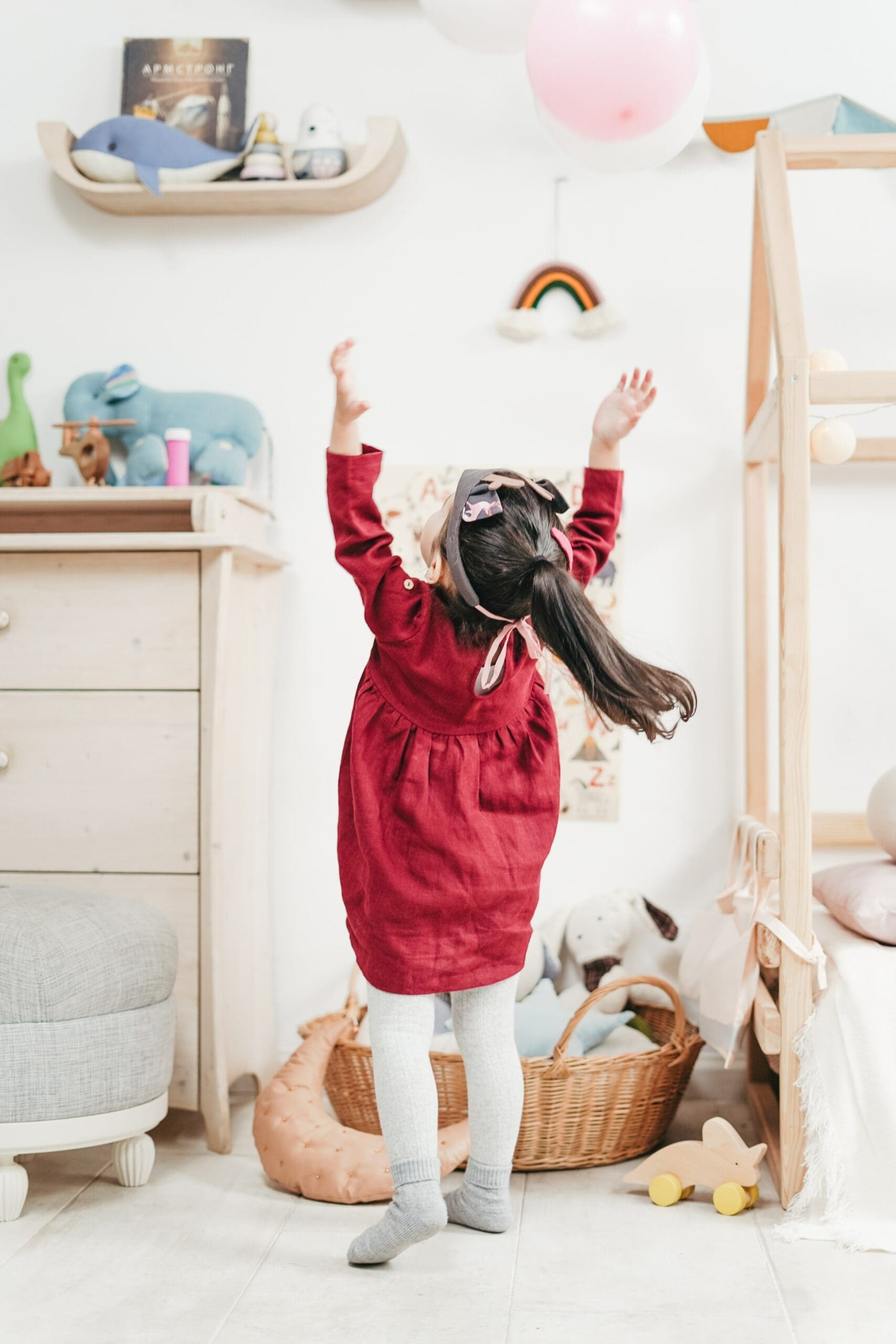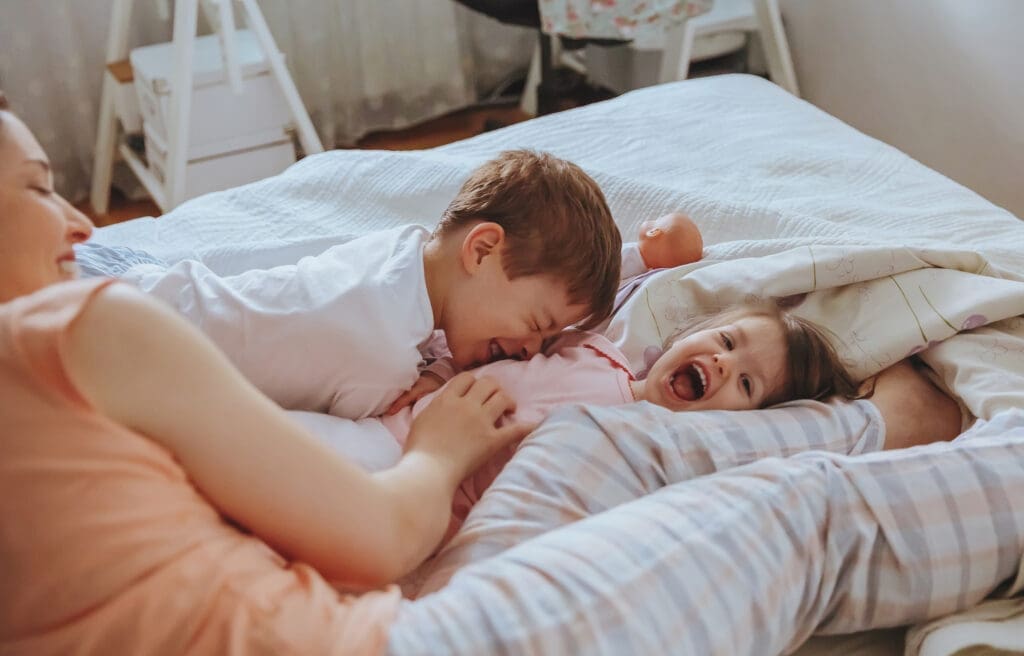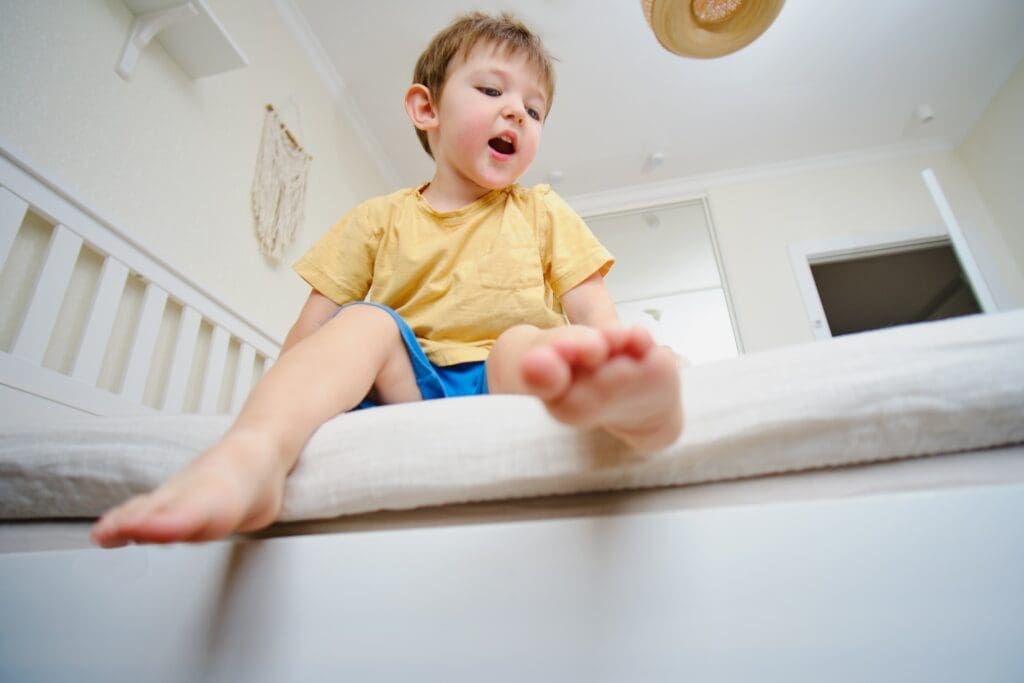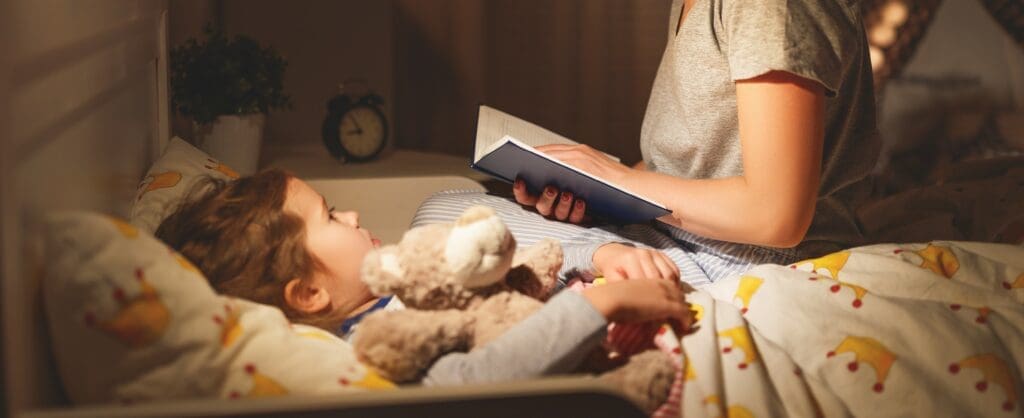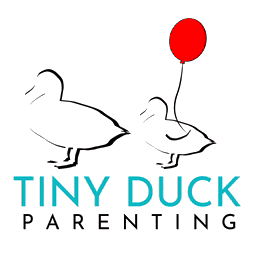Transitioning from Crib to Bed: A Smooth Journey to Independent Sleep
Transitioning a child from a crib to a bed is an exciting milestone that signifies their growth and development. However, this transition can sometimes be challenging for both parents and toddlers alike. By creating a conducive sleep environment, establishing a predictable routine, and involving your child in the process, you can navigate this transition smoothly and help your little one embrace their new big kid bed. In this blog post, we will explore some key considerations and helpful tips for transitioning your child from a crib to a bed.
Creating The Ideal Sleep Environment
A comfortable and safe sleep environment plays a crucial role in ensuring a successful transition. Although your little one might not have needed much to sleep before, as they develop it is harder for them to shut their growing brain off at bedtime (sound familiar?) So, the little details begin to matter in a big way! Here are some factors to consider:
- Safety First: Prioritize your child’s safety by assessing the bed and room for potential hazards. Be cautious with drawers and excessive clutter that could lead to trapped fingers or toes. If you prefer, a mattress on the floor can be a safe and comfortable option, especially during the initial transition period. If your child has begun crawling out of their crib- no time to delay switch to an open bed right away!
- Room Conditions: Maintain a very dark room using blackout shades and curtains, as darkness promotes better sleep. Incorporating a white noise machine can help mask any ambient noise and create a soothing atmosphere. Additionally, ensure a cool room temperature between 68-72 degrees to promote comfortable sleep.
Involving Your Child In The Process
Empowering your child and involving them in the transition process can make them feel more excited and in control. Here are some tips:
- Bed Selection: Narrow down the bed choices to 2-3 options that meet safety standards and your preferences. Then, allow your child to choose their new bed from the selection. This involvement can instill a sense of ownership and enthusiasm. Pick out some new sheets, pjs, or a special stuffed animal too!
- Communication and Preparation: Engage your child in conversations about transitioning to a big kid bed. Begin reading books together that discuss the topic, such as “Your Own Big Bed” by Rita Bergstein or “Big Enough for a Bed” by Sesame Street. This helps your child understand the change and alleviates any anxiety or uncertainty.
Establishing A Predictable Routine
Consistency and predictability are key components of successful transitions and good sleep habits. Consider the following steps for establishing a bedtime routine:
- Clear and Predictable: Create a clear and consistent bedtime routine that helps your child wind down. An example routine could include play or screen time, followed by a family dinner, brushing teeth, bath time, putting on pajamas, using the potty, and engaging in calm bedtime reading.
- Bedtime Reading: Incorporate books into your child’s routine, providing a sense of calm and relaxation. Consider reading two short books or one longer book, adjusting based on your child’s attention span. Read in a calm, monotone voice breathing calmly with each page turn. Set the mood for sleep!
Encouraging Independent Sleep
Independence in falling asleep is a valuable skill that promotes healthy sleep habits. Here’s how you can support your child:
- Encouragement and Patience: Initially, your child may struggle to fall asleep on their own. Give them time and space to work it out, allowing them to develop self-soothing techniques. Offer gentle reassurance and remind them of the bedtime routine, reinforcing the importance of falling asleep independently.
- Boundaries and Consistency: Your child might test boundaries during this transition. Stay calm, establish clear limits, and communicate your expectations calmly and firmly. Consistency is crucial for reinforcing healthy sleep habits and ensuring a smooth transition.
Additional Tips and Considerations
Here are some extra tips to help you navigate this transition effectively:
- Middle of the Night Wake-Ups: Be prepared for more frequent nighttime awakenings during the transition period. Gently encourage them to return to sleep independently, the only thing they need in the middle of the night is sleep.
- Avoid Concurrent Transitions: To minimize disruptions, avoid introducing other significant transitions, such as potty training or welcoming a new sibling, during the crib-to-bed transition. Focusing on one adjustment at a time will help your child adapt more smoothly.
- Seeking Professional Guidance: If you encounter persistent difficulties or have concerns, don’t hesitate to seek guidance from a sleep consultant or pediatrician. They can provide personalized advice and strategies tailored to your child’s specific needs. If you do reach out to a consultant, ensure they specialize in toddler sleep- the approach should be very different from infant sleep! Check out our Week to Sleep program and see if it is the right fit for your family!
